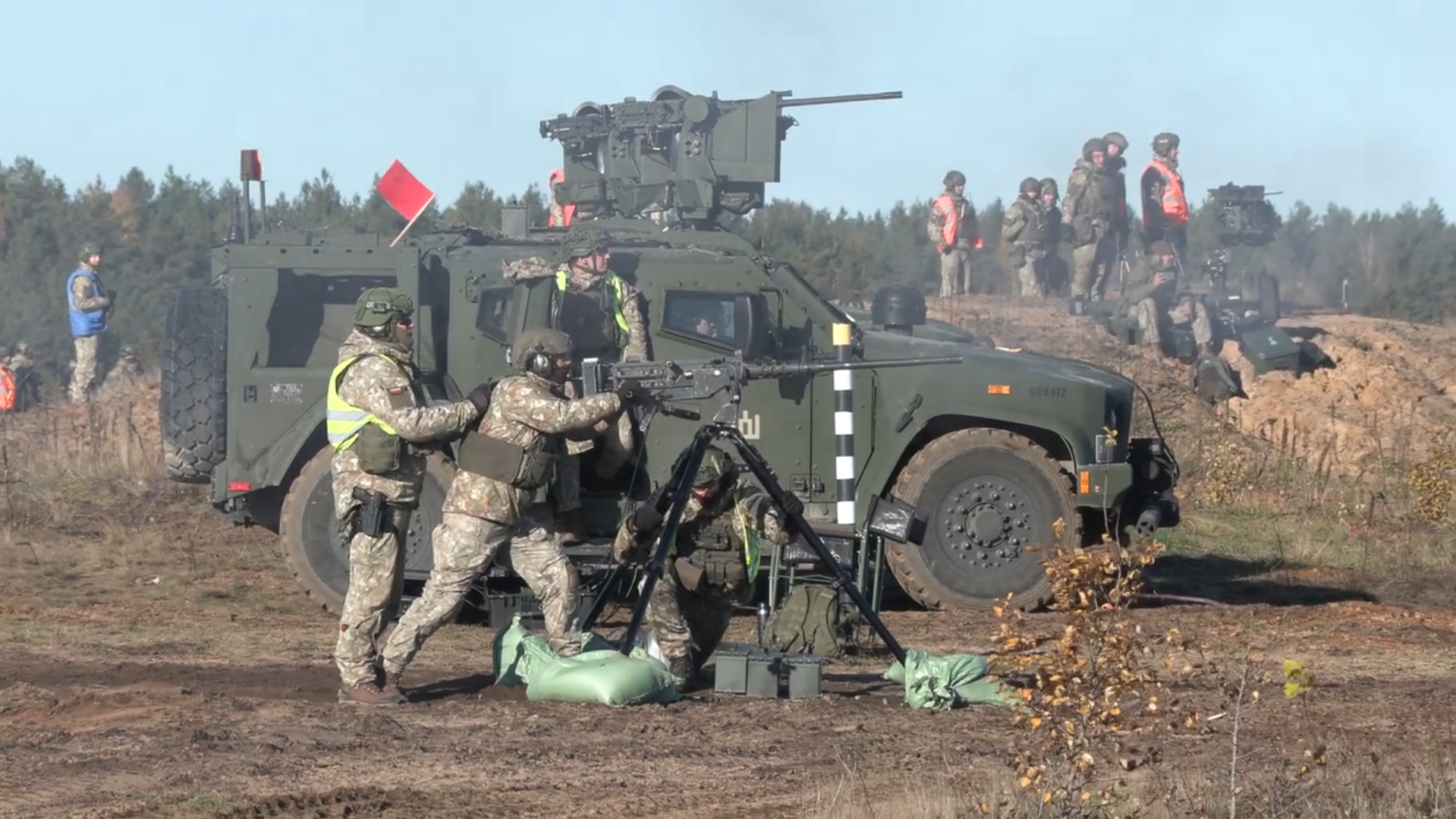Lithuania's Ministry of Defense has conducted intensive training exercises for mobile anti-aircraft fire groups at the General Silvestras Žukauskas training ground in Pabrade, less than ten kilometers from the Belarus border, according to an official announcement.
The drills involved units equipped with large-caliber machine guns and mobile armored vehicles fitted with machine gun modules. Military personnel tested various weapons systems against unmanned aerial vehicles, including launching missiles from the RBS surface-to-air missile system. An aircraft-type drone painted orange for better visibility during firing served as the target.
The exercises come after Lithuania's Seimas approved amendments in September expanding military authority to engage hostile drones. Under the new regulations, the defense minister or an authorized representative can permit the use of military assets against drones in prohibited or restricted zones when unmanned aircraft violate established rules or restrictions.
Previously, military forces could only shoot down aircraft used as weapons in forbidden zones. "The new norms will allow the military to respond more flexibly and effectively to airspace violations," the Ministry of Defense reported. "If necessary, they will be able to quickly neutralize dangerous drones."
The policy shift follows an incident where a Russian Gerber drone entered Lithuanian airspace, prompting security services to send government officials to shelter. Fragments of the downed Russian UAV were recovered in August 2025.
The ministry emphasized that military assets will not be deployed in all cases. Their use is permitted only under conditions of "absolute military necessity" with all safety measures observed to prevent harm to people and property.
The amendments to the Aviation Law also establish mechanisms for designating restricted zones and procedures for notification in case of airspace violations. The changes position Lithuania to respond rapidly to threats from unmanned systems, which are increasingly used in contemporary conflicts.

